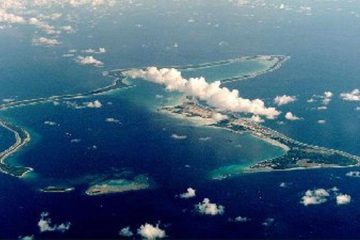Importance of the Yamal Peninsula in the Arctic Region

Introduction
The Yamal Peninsula, located in northwestern Siberia, Russia, serves as a crucial region in the Arctic. Its significance stems from abundant natural gas reserves, environmental concerns, and the indigenous communities that inhabit the area. Understanding the developments within Yamal is essential as it relates to global energy dynamics and climate change.
Energy Resources and Development
The Yamal Peninsula is among the world’s most significant natural gas producing areas, hosting the Yamal LNG project, initiated by Novatek in 2013. This facility aims to exploit the vast gas reserves and tap into the growing demand for Liquefied Natural Gas (LNG) across Europe and Asia. As of October 2023, the Yamal LNG plant is operating at full capacity, exporting significant volumes to international markets, thereby reshaping global energy supply chains.
Moreover, the Yamal region is pivotal in Russia’s energy strategy. The government has plans to further develop gas infrastructure in the Arctic to ensure that Russia maintains its status as a leading supplier of energy resources. This development raises concerns about environmental impact and the effects of industrialisation on fragile Arctic ecosystems.
Climate Change and Environmental Concerns
The Yamal Peninsula is also a frontline in the battle against climate change, exhibiting rapid environmental changes. Researchers have noted alarming rates of permafrost thawing, which can unleash methane—a potent greenhouse gas—exacerbating global warming. The region’s unique tundra ecosystem is under threat from both climatic shifts and industrial activity.
Local inhabitants, primarily indigenous Siberian tribes such as the Nenets, are highly affected by these changes. Traditional reindeer herding, a vital part of their culture and livelihood, faces challenges due to shifting landscapes and reduced grazing grounds. Efforts for environmental protection and sustainable development are in progress, but a balance between economic growth and ecological preservation remains a complex challenge.
Conclusion
The Yamal Peninsula stands at the intersection of natural resource wealth, climate change impacts, and cultural heritage. As it continues to develop economically, the region’s environmental implications necessitate global attention. The changes taking place in Yamal are not just a local concern but have far-reaching consequences for global energy policies and climate initiatives. In the coming years, an emphasis on sustainable practices and respect for indigenous rights will be essential to navigate the future of the Yamal Peninsula responsibly.









